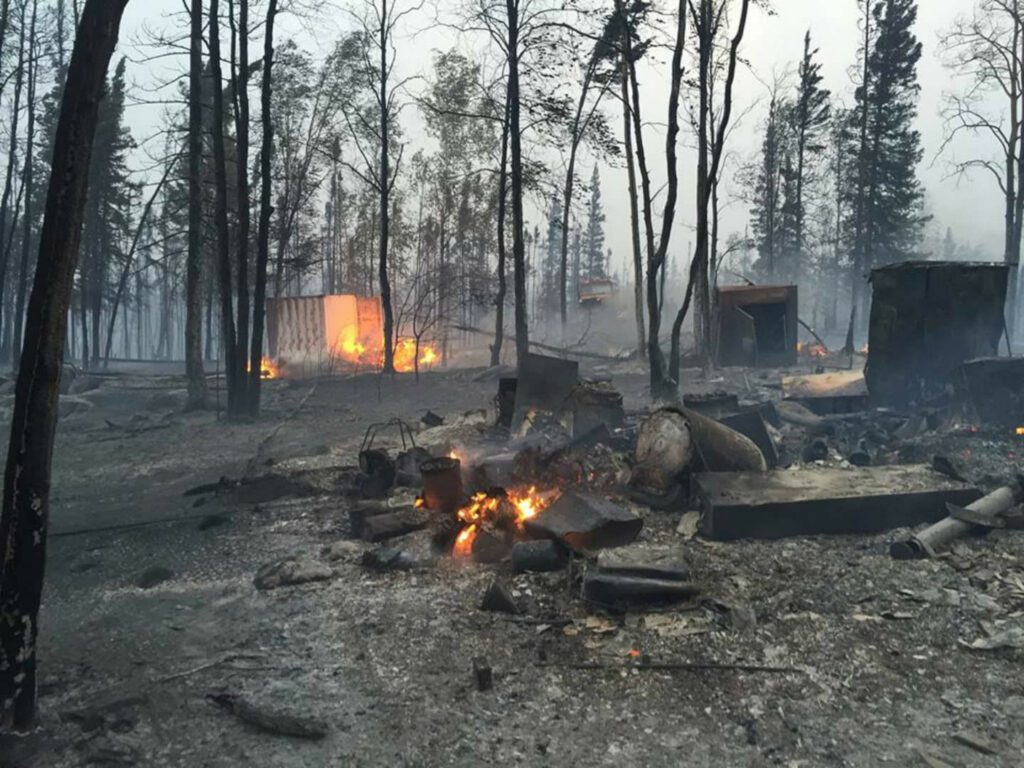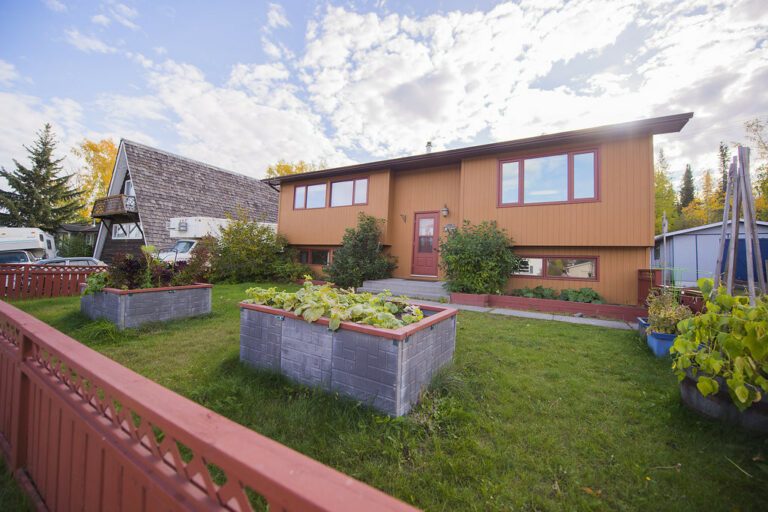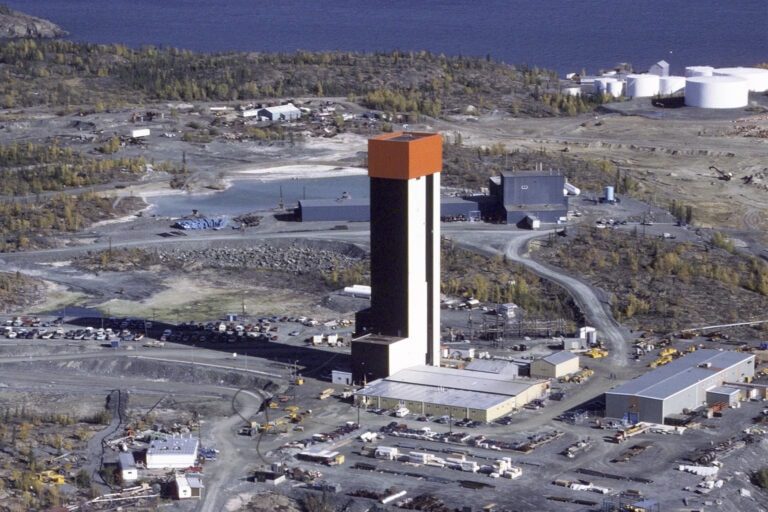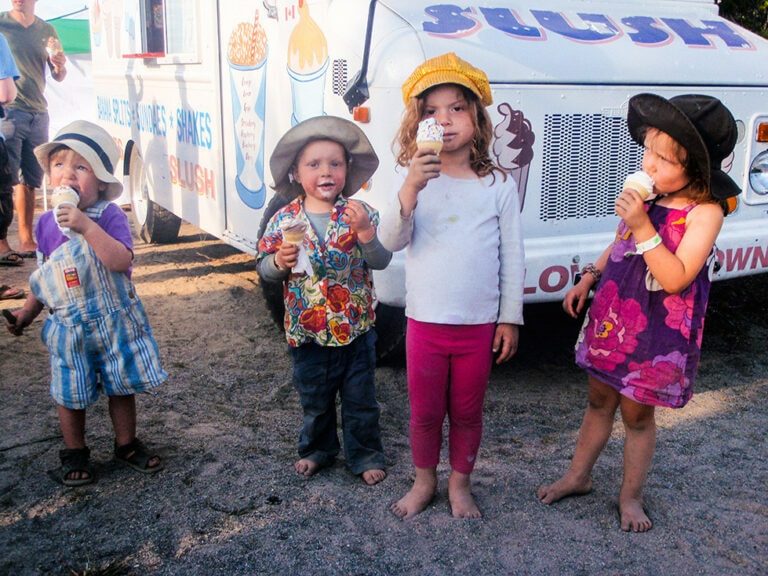On Friday evening a swift-moving forest fire jumped a fire break near Namushka Lodge, roughly 50 km east of Yellowknife, and ripped through the property, reducing the the 34-year-old business to ashes. Photos posted by the lodge on social media show charred remains of buildings, the twisted scrap metal of sidings and appliances, even patches of still smouldering flames.
In that same note posted on Sunday, the lodge wrote that, “We will rebuild, there was never a doubt.”
The prospect of starting again from scratch got us wondering: are lodges insured against so-called “acts of God” like forest fires? How about off-grid cabins, like the one on Pickerel Lake that burned down in the same fire?
The short answer is yes, in both situations. But there are a few things to keep in mind according to Lisa Iverson, an insurance broker at Hub International in Yellowknife.
- First off, you have to have insurance in place well in advance of an impending fire. Most brokers won’t be amenable to requests for coverage when a fire is bearing down on the property or even burning in not-so-close proximity to it — although Iverson says policies differ on the distance you can be from an active blaze and still apply successfully for insurance. The best plan is to have insurance in place before the fire season even begins.
- If you haven’t done your “due diligence” preparing for a for a forest fire, it can weaken your insurance claim, says Iverson. That means cutting fire breaks, clearing brush, having access to pumps and sprinklers, and it applies to both commercial and residential property with fire insurance. “It’s like this with any loss,” she says, “if you see water leaking through your floor and don’t do anything about it for two days, it’s like, ‘What were you thinking?’ So it’s really a common sense clause.”
- Forest fires are not considered “acts of god” from an insurance perspective, says Iverson. This is good news, since many insurance policies do not cover sudden natural disasters.
- What your structure is made of and what its main source of heating is often affects your insurance payment. “A log home generally has a surcharge,” says Iverson. Likewise if you use a wood stove as the primary heating source, this can up the insurance premium.
- There is a wide range of plans that cover against forest fire. “Some are ‘replacement,’ where, for example, the cabin would have to be rebuilt,” says Iverson. Other plans assess based on cash value and cut you a cheque in the event of a fire. The second type tends to be quicker when it comes to settlement time.
Another point – that settlements often take a long time – is something Rodney Kenny, whose family owned Moraine Point Lodge, which burned down north of Hay River in 2014, knows well. Two year’s after the fire, his family is still finalizing the settlement.
“Sometimes the communications is open to interpretation,” says Kenny, using a choice diplomatic phrase to describe the often frustrating process of working through major insurance claims. “There’s a lot of things involved, and you’re not just talking about drawings on a piece of paper. Over 34 years, the things you made with a pick and a shovel a dream and imagination are not always covered,” he says, although he hastens to add that “it always depends on your policy.”
For Kristen Olesen of Hoarfrost River homestead and lodge, which also burned down in 2014, the biggest takeaway was being prepared and self-sufficient.
“We had been told [by the department of Environment and Natural Resources] we were covered and people were ready, but when it came down to it, no one was there in time.”
Her lodge did not have fire insurance, but, like Kenny at Moraine Point, she’s planning to rebuild, and has already started work on a new guest cabin on the property. Would she get fire insurance next time?
“I think it would be our own personal fire insurance: adding sprinklers, different types of pumps… It really comes down to you taking care of yourself.”
While we were calling around, another question popped to mind: has the NWT’s lodge-based tourism industry been badly hit, with three lodges burning in as many years?
For all the drama of ash plumes and buildings reduced to soot, lodge tourism hasn’t seen much of an impact, overall, according to Richard Zieba, Director of Tourism and Parks with the Department of Industry, Tourism and Investment.
“There’s been no discernible impact overall,” says Zieba. “Two years ago there was an impact, because of the national coverage [of the forest fires] people were cancelling trips or they physically couldn’t get to Yellowknife. But we’ve actually seen an increase in lodge visitors over the past two years; the weak Canadian dollar and the strength of the American economy more than offset the perception of the fires.”
Three lodges in three years is striking; but there are around 50 lodges in the territory (depending on how you count them), says Zieba. Still, he stressed that the Namushka fire was a “personal tragedy,” and offered his condolences: “That lodge represents a lifetime of work and effort…. Our heart goes out to them.”







